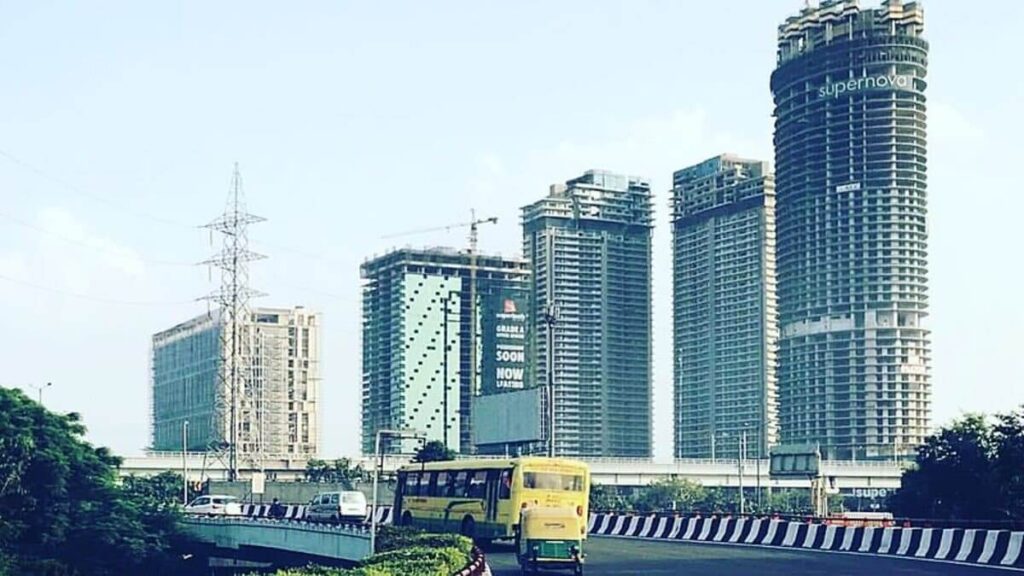A Lease Deed is a contract between the lessor
A Lease Deed is a contract between the lessor (owner of the property) and the lessee (the tenant of the property) for the use of the said property on a lease rental basis. It is similar to a rent agreement between a landlord and a tenant, but is usually executed for a longer time period- at least more than one year. A lease deed has to be registered, if the lease period is more than 11 months.
Unlike a rent agreement in which a tenant pays rent to the landlord to use the property, in a lease deed the lessee buys the lease rights to the lessor’s property as compensation for using the said property. All the financial considerations, terms and conditions, and other renewal terms of the lease, are mentioned in an official document- called ‘Lease Deed’.
In addition, registration of a lease deed is mandatory under Section 17 (D) of the Registration Act, 1908.
Similar to a rental agreement, there are some basic details that need to be included in a lease deed. Some of these include:
1. Name of the parties: The names of both the parties- the lessor, as well as the lessee needs to be included as mentioned on legal documents. Both the parties must make sure that there is no error in names of either party.
2. Lease Period: This is the total period for which the lessee is allowed to lease the property. This is generally a larger time period, usually more than one year.
3. Lease Consideration: The lease consideration refers to the financial terms associated with the lease contract. This includes the lease amount payable by the lessee to the lessor at regular intervals (monthly/ quarterly/ bi-annually/ annually) as specified. The Security Deposit paid to the lessor is also to be mentioned in the deed. This amount has to be returned by the lessor to the lessee at the end of the lease period.
4. Notice Period and Exit Clause: In case the lessor or the lessee feels the need to terminate the lease agreement before the lease period mentioned, they can do so by giving advance notice to the either party. This notice period may vary from one month to several months, or as desired by the lessor or lessee through mutual consideration. It also has the provision to compensate the lessor/ lessee for any loss incurred if the deed is terminated before the mentioned period.
5. Renewal Terms: This includes the terms and conditions for renewing the lease of the property after the mentioned time period. Usually, a renewal fee is charged by the lessor for lease renewal. While at most times property leases are automatically renewed, it is at the discretion of the lessee whether to continue with the lease or not. Also, some lease agreements also allow ownership rights of the property to the lessee on payment of appropriate price at the end of the lease period.
6. Sub-Letting Clause: Sub-letting gives the right to the lessor to further lease the property to different parties and collect lease (or rent) from them in exchange. The main lessee may also make a profit from this sub-letting exercise.
Sub-letting is a common practice wherein the original lessor does not have to worry about managing and collecting rent from various lessees. S/he deals with only one lessee and gets payment from one entity only. However, it is illegal to sub-let a property without including the sub-letting clause in the agreement.
The following documents are required for lease deed registration:
• Identity proof, such as Aadhaar Card, driving licence, passport, etc., of the landlord and tenant.
• Address proof of the authorised signatory, from both the parties.
• Passport-sized colour photographs of the authorised signatory, from both the parties.
• Company PAN card and company seal/stamp, if it is a commercial property.
• The original proof/evidence of ownership or title of the property.
• Property documents, such as Index II or tax receipt of the property to be leased.
• Route map of the property leased out.



